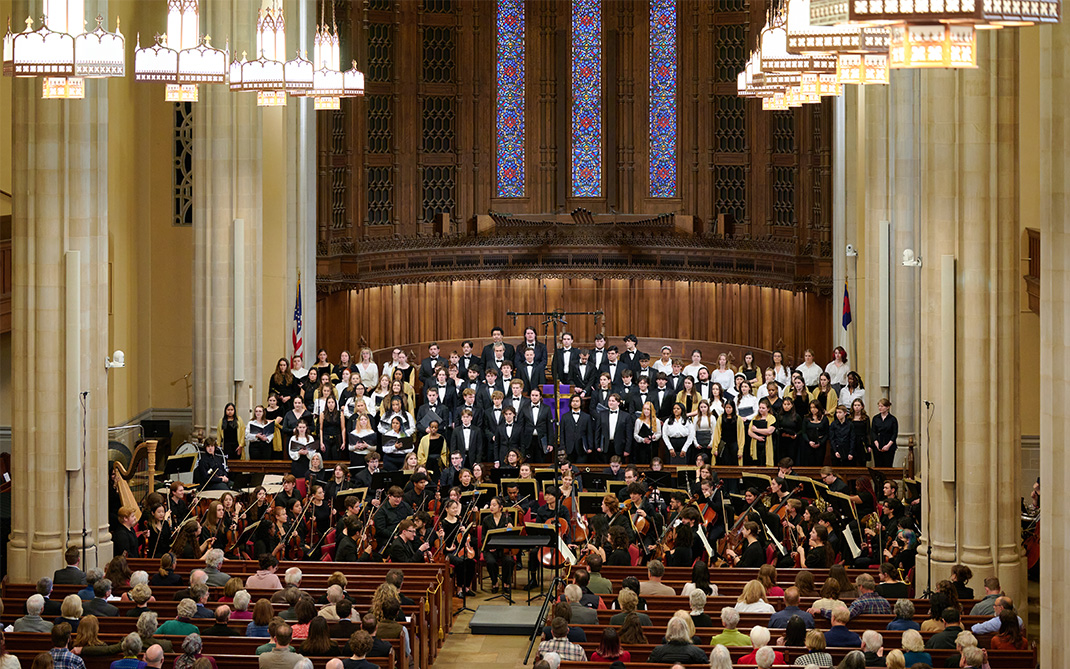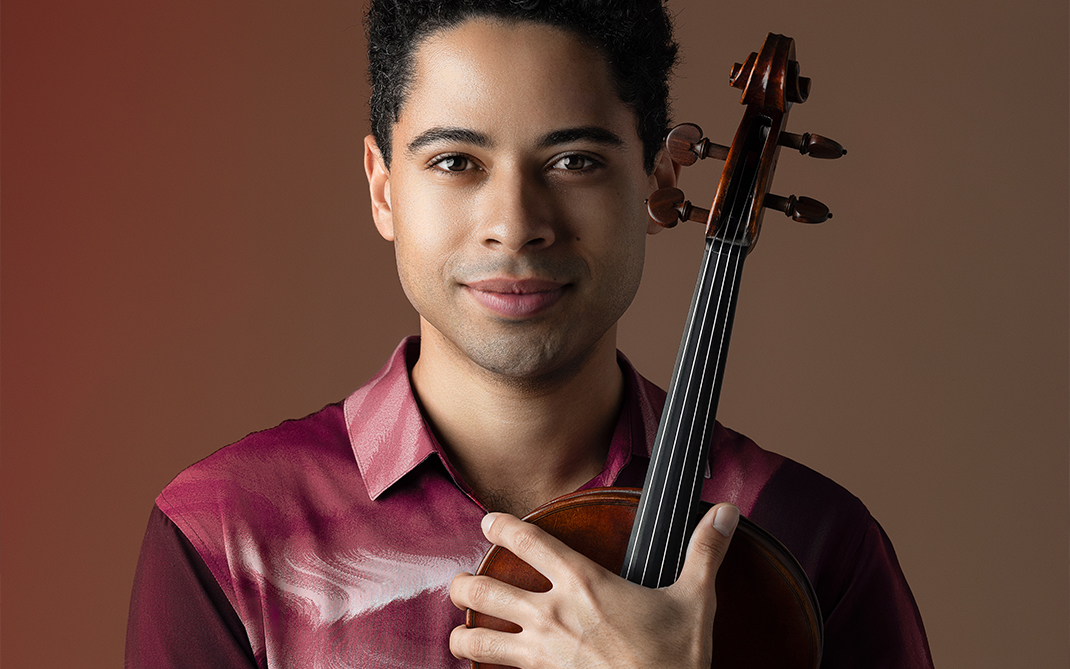Dance history becomes present with Balanchine's “Nightingale"
For Millicent Hodson and Kenneth Archer, to understand the modern dance world one must look at clues to its past. As “dance detectives,” the pair unearth every aspect of historical dance performances, re-staging them down to each move and costume. During a recent visit to UNCSA as guest artists in the School of Dance, the pair helped recreate parts of Balanchine’s first hit.
Dance history in the present
“The Song of The Nightingale” (“Le Chant du rossignol”), originally choreographed by Leonide Massine in 1920, premiered with Balanchine’s choreography in 1925 at the Théâtre Gaîeté Lyrique in Paris. With music by Igor Stravinsky, the ballet is an interpretation of Hans Christian Andersen’s fairy tale. Hodson and Archer first recreated and staged the ballet in 1999.
The duo, who specialize in reconstructing historical ballets, spent 17 years recreating five Balanchine works. From talking with dancers who performed in the original cast to researching Matisse’s costumes for the character of Death, their reconstruction of “Nightingale” merges classical ballet with experimental theater.
Teaching 70 students at UNCSA was a change of pace for Hodson and Archer.
“When we’ve staged this ballet before, we have worked with major senior dancers, principals deep in their careers. Here we got to work with adolescents, which is perfect, because it’s a story about adolescents,” Hodson says.
Balanchine was just 20 years old when he choreographed “Nightingale.”
“You think of Balanchine as the grand master at Lincoln Center, but he had to start somewhere,” Hodson says. During their week with the students, the duo made Balanchine’s choreography accessible to the dancers. The students watched videos of reconstructions, received intense briefings and learned about the intense acrobatic moves of the ballet.
“It was exciting to watch them see early Balanchine come alive, both through our historical research and the dance,” Hodson says. Together Hodson and Archer shared first hand stories of interviewing the original Nightingale dancers, bridging a nearly century-old gap between them and UNCSA students.
Research informs practice
Learning about ballet this way—through painstaking historical research—brings a new depth to this generation of students, says Archer. “They have grown up with the Internet. But everything isn’t correct on the Internet. In our experience, long before we had computers or even word processors, we went to libraries, pouring through letters and notes, even advertisements from the time. You need to understand the entire cultural context of the ballet, not just a snippet from a review.”
In our experience, long before we had computers or even word processors, we went to libraries, pouring through letters and notes, even advertisements from the time. You need to understand the entire cultural context of the ballet, not just a snippet from a review.
Kenneth Archer
Hodson and Archer said that a highlight of their time with the UNCSA students was when they showed them photos of the original Nightingale, iconic dancer Alicia Markova. “When they saw photos of Markova at 14 with Balanchine, their eyes just widened.”
Though they were working in a compressed timeframe, UNCSA students took to the ballet, working at a level that impressed the pair. “What I particularly noticed is that after we taught them something they would go practice, again and again, on their own,” Archer says. “You don’t always see that, even in professional companies.”
Study classic and contemporary choreography.
December 18, 2017





